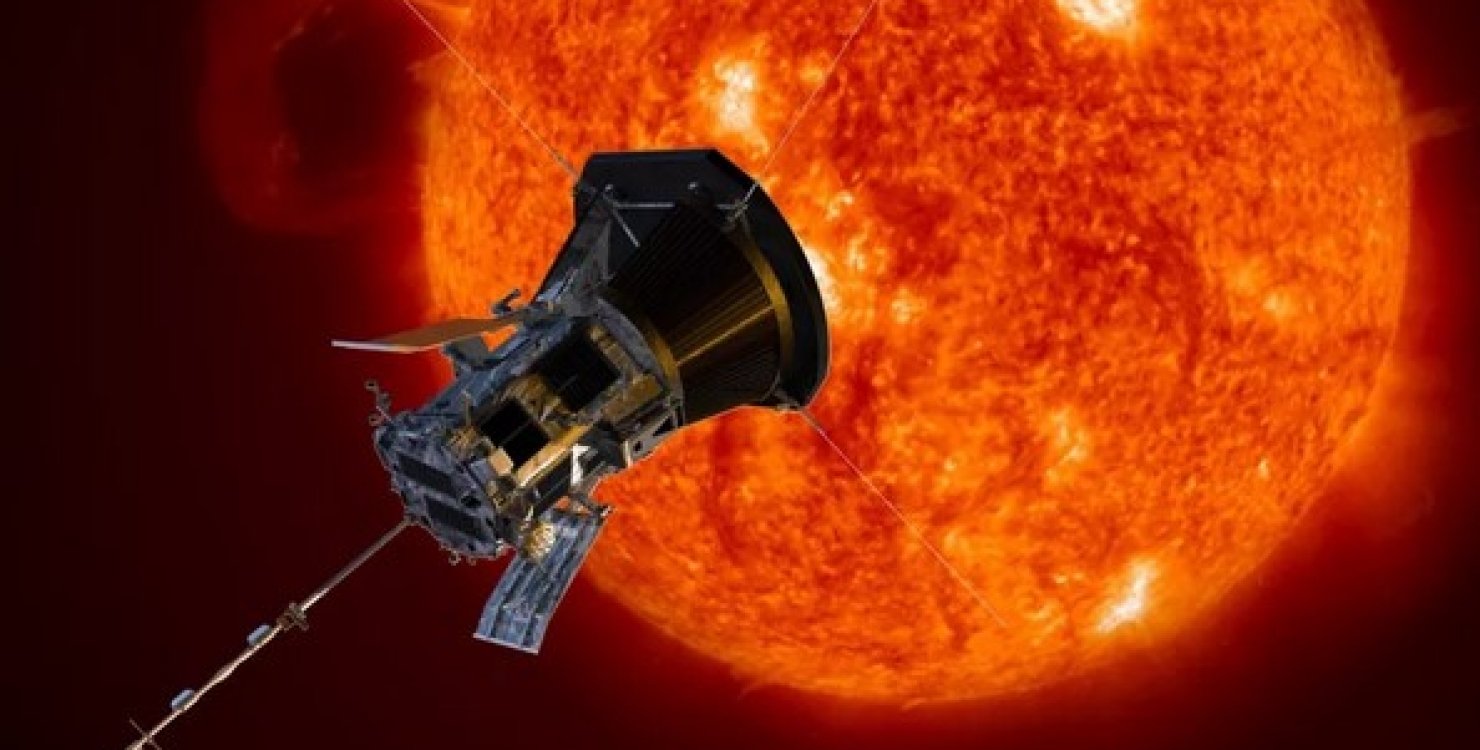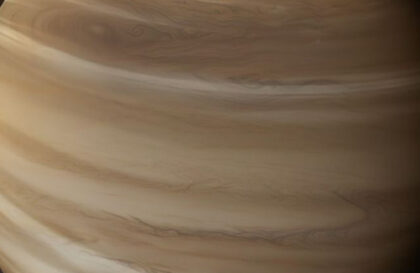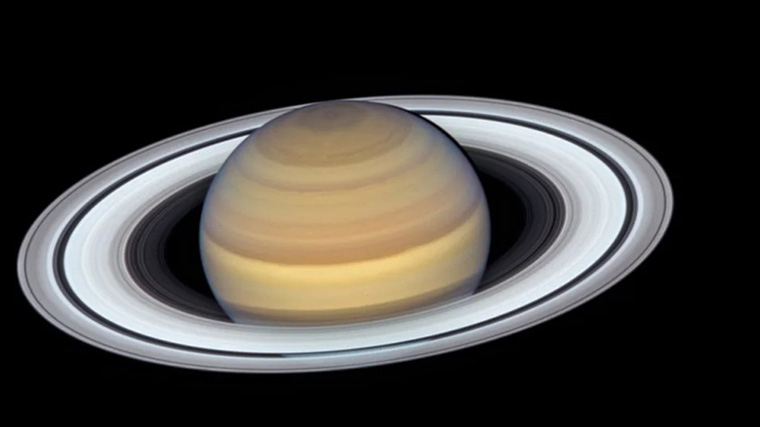Observing
This is a vast complex of a dozen of so radiants that become active in late February and persist until early May. The meteors are generally slow. Although only the Alpha Virginids seem capable of producing activity in the 5 to 10 per hour range, overall activity from the multiple radiants can exceed 10 per hour at times, especially during early to mid April.
History
Under Construction
This shower was apparently first detected by A. S. Herschel during April 10-17, 1895, when 8 meteors were plotted from a radiant of RA=209 deg, DECL=-7 deg. Aside from 6 fireballs that were noted from this radiant between 1896 and 1915, no other shower activity was noted until April 12-15, 1915, when William F. Denning saw a “rich shower” from RA=209 deg, DECL=-10 deg.
Studies of the Virginid complex have revealed several unusual characteristics. The British Meteor Society (BMS) conducted a study during 1972 which revealed an excess of meteors between magnitude 0 and 5 as compared to the sporadic background. Also pointed out was the fact that “different sub-centres are active to a different extent each year….” The BMS also showed that the shower’s sub-centers rarely produced hourly rates greater that 8-10, but rates of 5 per hour were more common. Robert A. Mackenzie (director of the British Meteor Society) wrote in 1980, that the Virginid complex involved “16 main radiant centres whose periods of activity overlap.” In the BMS Radiant Catalogue, Mackenzie mentions that the Alpha Virginids possess an maximum ZHR of 10.
An excellent example of the Virginid complex’ numerous irregularly active sub-centers was demonstrated by a list of nine visual active showers published by C. Hoffmeister in his 1948 book Meteorströme.
Radiants of the Virginid Complex (according to Hoffmeister)
| λ | α (°) | δ (°) | Probable Stream Name |
|---|---|---|---|
| 344.3 | 178.8 | +0.6 | Pi Virginids |
| 355.7 | 192.4 | -1.5 | Theta Virginids |
| 1.6 | 186.0 | -0.4 | Eta Virginids |
| 9.3 | 209.4 | -0.4 | |
| 12.6 | 199.3 | -10.7 | |
| 16.6 | 197.6 | -6.1 | |
| 24.3 | 205.0 | -10.7 | Alpha Virginids |
| 32.0 | 216.2 | -10.8 | |
| 44.7 | 219.2 | -17.8 |
The most active of the Virginid radiants is the Alpha Virginids, which peak sometime between April 7 and 18. A study of this stream’s evolution was published in 1973, by E. I. Kazimirchak-Polonskaya and A. K. Terent’eva. Beginning with the orbit of a photographic meteor detected from this stream during the early 1950s, they created 10 groups of particles situated at various positions around the orbit and then subjected the entire complex to perturbations by 7 planets (Venus to Neptune) over the interval 1860-2060. Examining the three most interesting groups, the Russian study demonstrated how Jupiter’s influence caused the stream to variously approach and move away from Earth’s orbit, as well as how the radiant moved by as much as 30° in both right ascension and declination. A diagram of the maximum activity’s radiant was given for each year and it demonstrated how maximum could variously occur between solar longitudes 1.5° and 51.6° (March 22 to May 12). The authors pointed out that these old dates of maximum would persist—eventually causing activity to be present from this stream for a period of 51 days. Between 1860 and 2051, the radiant producing maximum activity for this group would be expected to move within an elliptical area with dimensions of 15°x31°.
Overall, the authors concluded that “perturbations by Jupiter represent the principal factor governing the evolution of the meteor streams belonging to its family and the evolution of their radiants. The magnitude and character of these perturbations has a strong influence on the size of the shower radiation area and the length of time that the shower remains visible.” The calculated duration of the activity coincides very well with present observations, as does the large, diffuse area of the radiant.



